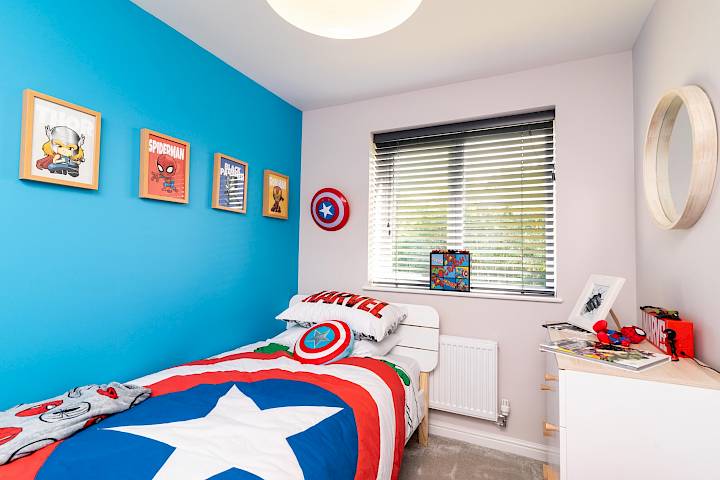
How to choose a colour palette in your home
Picking a paint colour can be tricky. With so much choice and so many wonderful colours and themes.
The colour of a room can totally transform it and nearly everyone has a different favourite colour, perception of colour and style taste. With so many colours on the spectrum to choose from and almost limitless options of shades, how should you decide? Our blog is here to guide you in making a potentially very difficult choice.
Understanding colour is key, there are three groups of colour types, first is primary colours, the ones you’ll have learnt about way back as a child at school. Primary colours are red, blue and yellow.
Secondary colours are orange, green and purple. These colours are created when two primary colours are mixed.
And thirdly, tertiary colours are created when mixing secondary and primary colours to create different hues, muting elements of the primary and secondary colours to alter their shade and brightness. White and black (which by some are not considered as colour at all due to them not being part of the rainbow) are often added to darken and lighten these hues.
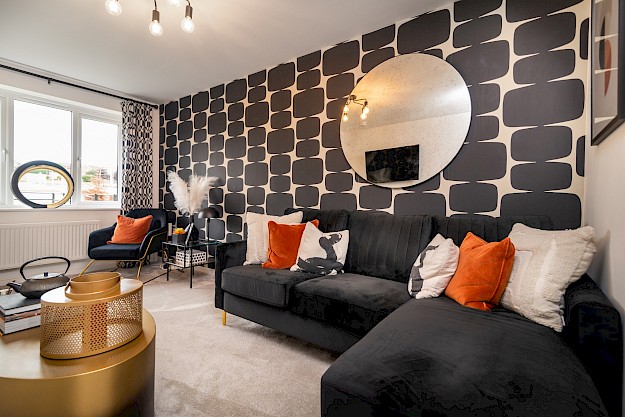
It’s key to think about the colours you love, what colours do you associate with happiness, and what colours to you tend to wear? Which colours do you love when you visit other people’s homes and see their décor, or spot a home you love on Instagram? Think about how you can add personality to your space, whilst creating a mood for a room. Analyse your home, walk through it and picture the plan you have for each room. Think about the natural light in that room; or what colour feels right in what room. To help create your vision, find some inspiration, whether that's an image on Pinterest, fabric or artwork, always refer back to this to keep your colour palette focused.
Afterwards consider mood and atmosphere. Do you want to have a bright, light and fresh feel? If so, use cool colours to create this. Or perhaps you would prefer a cosy home? Choose warmer hues to accomplish this. If you want to achieve a dramatic, impactful colour scheme choose a range of greys, blacks and monochrome accents to get this look.
Next get investigating what's out there. All paint manufacturers have colour wheels and shade charts, plus sample packs that you can paint onto your wall and stand back and admire. Use free tools, like the Dulux Visualizer App, which uses augmented reality to bring your ideas to life with a colour matching scanner. Simply, take a photo of your room, scroll through the Dulux shades and tap a choice to see what your wall would look like painted that colour. Colour shades can also be created - have a jumper, and love the colour? Head to B&Q and watch the jumper be scanned and a paint shade that matches it will be created, just like magic.
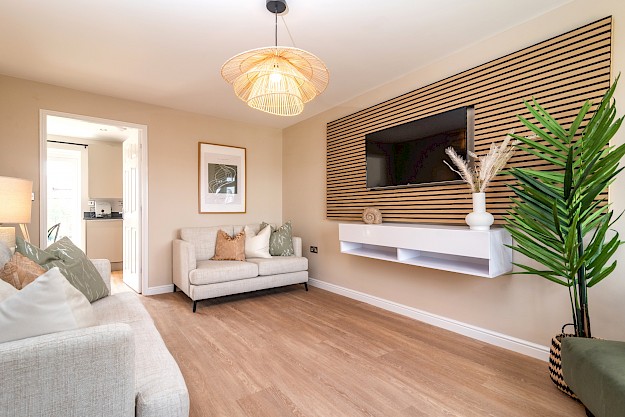
Other renowned painting tips are making sure that you work from bottom to top, when decorating. Painting the largest most central room of the house first, such as your open-plan kitchen-diner is a great place to start. If you're struggling to decide, base tones are key. Think of these as your core colours, the ones that will be used in large spaces of your home. Opt for muted colour tones; this will allow them to work with either cool or warm hues, meaning you can change up your colours as often as you like, without having to redo your whole home. Choosing a soft, neutral hue for the main room will make picking the other colours in your home simpler. Plus, neutral hues are great if you're nervous about trying bolder colours. With bolder colours, rather than paint, bring these into your home by using accessories, soft furnishings and art.
Test your lighting too, not every room has a natural light source, and the light bulbs you have picked, whether they be cool or warm, impact how the paint will look on your wall. If you want your paint to look as true to the colour as possible, opt for white-coloured light bulbs. If your room requires more lighting, consider speaking with an electrician who may be able to recommend the right light bulb choices to accentuate your wall shades.
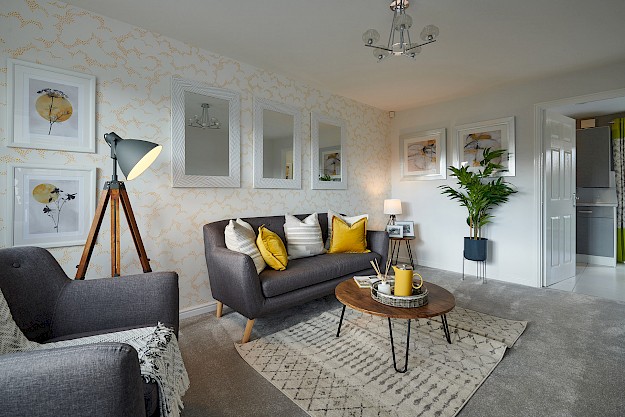
Lastly, remember the colour in your home should be cohesive, whilst your upstairs and downstairs are two separate entities, having wild reds upstairs and muted neutrals downstairs will be quite the contrast. But colour is all down to personal preferance and picking it should be fun!
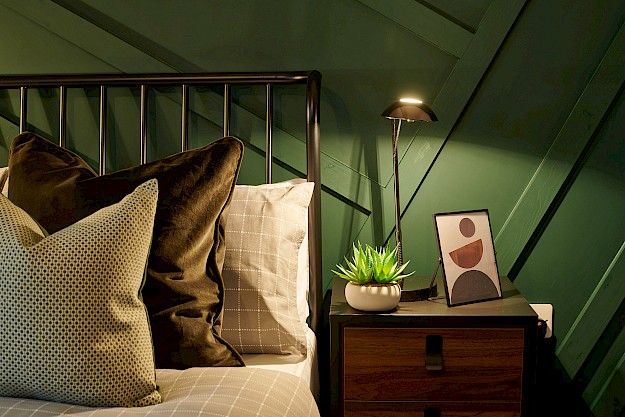
We hope our tips will help you choose what's right for you. For more paint and interior inspiration, we have plenty of show homes across the North and the Midlands to inspire your ideas. Find a development near you today and begin your home buying journey.
